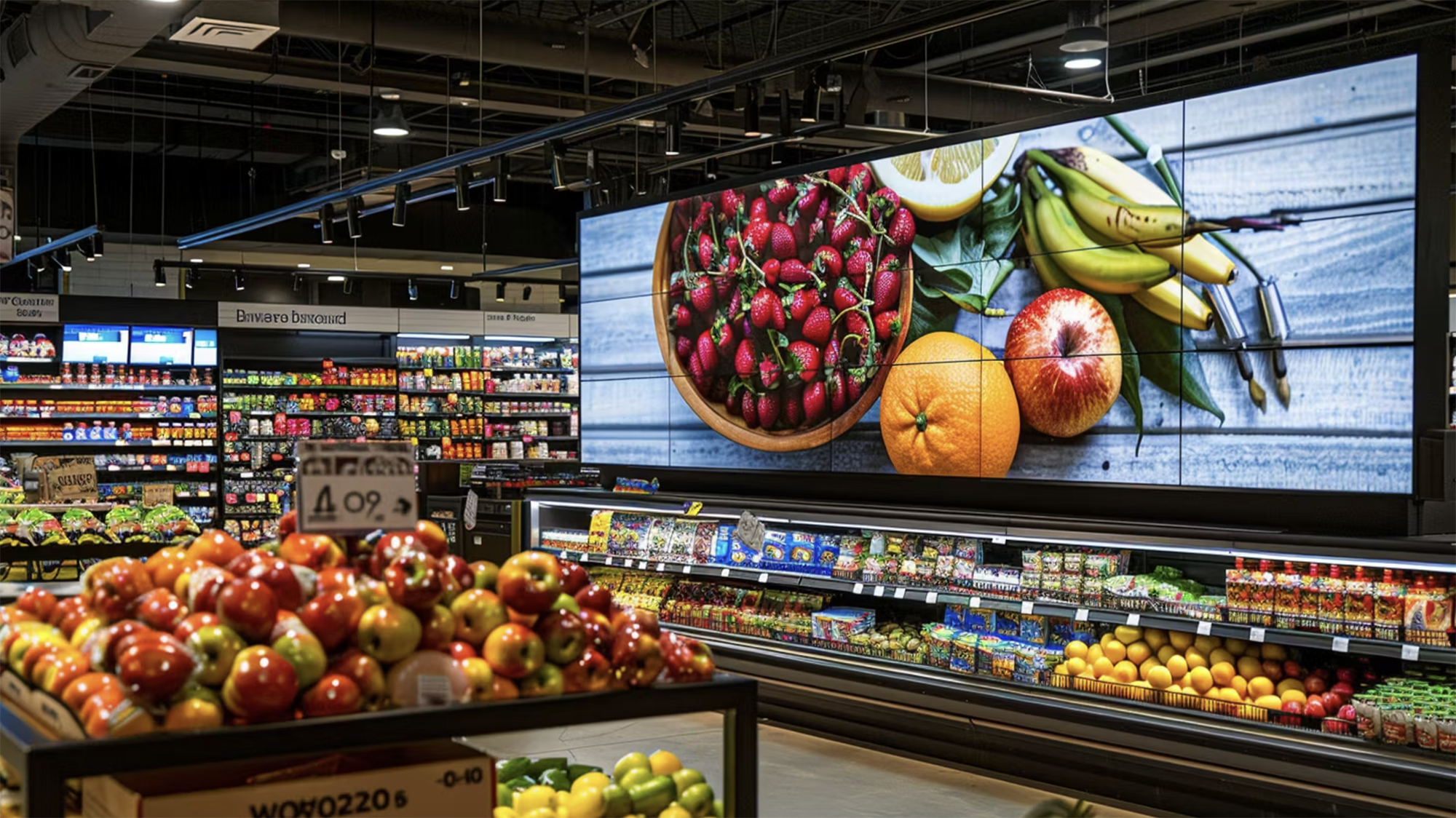4 Major Players Leveraging Warehouse Automation in Digital Grocery

At a Glance
- Warehouse automation itself is not a new concept and has been in practice for decades
- The recent advancements in technology have further propelled its capabilities
- By leveraging these technologies, grocers can optimize their operations and deliver an exceptional customer experience
- Many grocers are successfully leveraging these capabilities to achieve higher levels of accuracy, speed, and responsiveness
- This article looks at some of the significant players unlocking the potential of warehouse automation to their advantage
The grocery industry is currently undergoing a significant transformation with the integration of digital technology into warehouse automation. While warehouse automation itself is not a new concept and has been in practice for decades, the recent advancements in technology have further propelled its capabilities. Warehouse automation refers to the use of advanced technologies and robotics to streamline the order fulfillment process in a warehouse or distribution center.
By leveraging a combination of advanced technologies, such as robotics, artificial intelligence, machine learning, and data analytics, grocery retailers can optimize their operations, streamline processes, and deliver an exceptional customer experience. Grocers can harness the power of real-time data, predictive analytics, and intelligent algorithms to enhance operational efficiency. This combination enables precise inventory management, optimized order routing, improved demand forecasting, and agile response to customer demands.
However, while the technological integration brings about numerous advantages, it's essential to understand both its benefits and challenges. Many grocery retailers are successfully leveraging these capabilities to achieve higher levels of accuracy, speed, and responsiveness in their order fulfillment process. Here, we look at some of the significant players unlocking the potential of warehouse automation to their advantage:
Kroger
Kroger has made significant commitments to warehouse automation as part of its partnership with Ocado. Despite a recent slowdown in the rollout of sites, Kroger remains committed to expanding its automated fulfillment capabilities. Through its collaboration with Ocado, Kroger aims to leverage advanced robotics, artificial intelligence (AI), and automation technologies to enhance its order fulfillment processes. With plans for 16 sites in place, Kroger has eight sites in operation right now. By investing in automated warehouses, Kroger aims to improve operational efficiency, reduce costs, and meet the evolving demands of the digital grocery market, ultimately providing its customers with a seamless and convenient shopping experience.
Walmart
Walmart has been actively implementing warehouse automation to drive higher profits. By integrating advanced automation technologies, such as autonomous robots and artificial intelligence, Walmart aims to optimize its supply chain operations and improve overall efficiency. The automation initiatives have allowed Walmart to streamline inventory management, enhance order fulfillment processes, and reduce costs associated with labor and logistics. Walmart projects that in three years, two-thirds of its retail locations will be automated in some way, 55% of fulfillment center volume will pass via automated facilities, and average unit costs might decrease by 20%. With a focus on leveraging innovative technologies, Walmart is positioning itself to meet the growing demands of e-commerce and deliver a seamless and efficient customer experience while driving profitability in the competitive retail landscape.
Target

Target is actively investing in warehouse automation, particularly in sortation centers, to enhance its supply chain capabilities. By leveraging advanced technologies and automation systems, Target aims to improve the speed and accuracy of order fulfillment processes. The implementation of sortation centers enables Target to efficiently sort and distribute products, optimizing inventory management and reducing delivery times. By the end of 2026, Target aims to invest $100 million to grow its adaptive, leading-edge supply chain sortation network to more than 15 facilities, offering next-day delivery capabilities to guests in major U.S. regions. Sortation facilities and last-mile delivery capabilities enhance Target's ability to serve guests and grow its business by enabling the delivery of products more quickly, efficiently, and economically while also expanding its capacity.
Albertsons Companies
Albertsons is taking significant strides in testing and implementing microfulfillment center (MFC) technology to enhance its warehouse automation capabilities. Albertsons was among the first grocery retailers to innovate with microfulfillment technology. The company has delegated delivery to third-party providers in several markets. Albertons’s innovative approach enables it to streamline order picking and packing processes, optimize inventory management, and improve the speed and efficiency of online grocery fulfillment. By integrating MFC into its ecosystem, Albertsons aims to provide customers with faster order processing and convenient pickup options, meeting the evolving demands of the digital grocery landscape.


.png)







.png)


